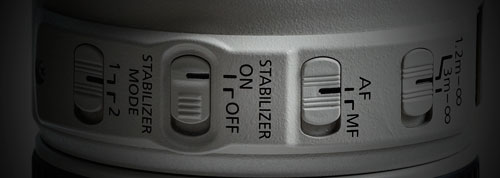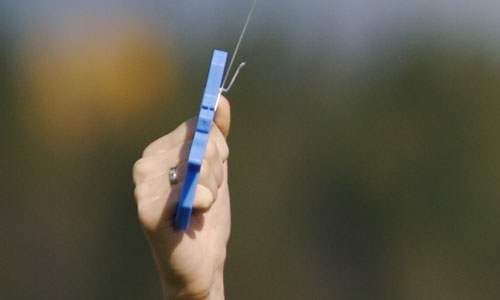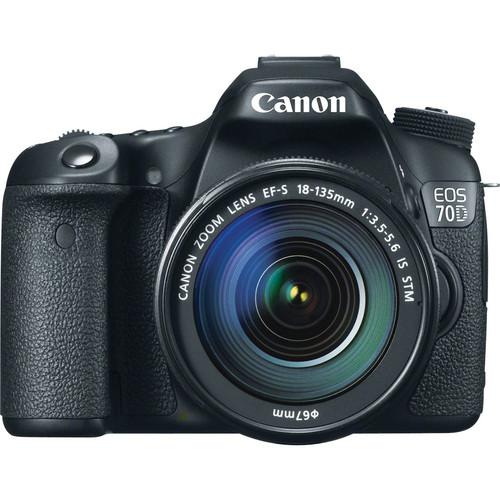Tired of always answering the same question in every forum I go to, I have decided to make a blog post about it…

So you want to get a 70-200 lens but dont know which one to buy? Should it be the 70-200Lf4, the 70-200Lf4 IS
, the 70-200f2.8L
or the 70-200f2.8L IS
?
To answer these questions, I would ask two others.
Do you need f4 or f2.8?
If you are a 5dMRkII owner, the answer to this question should not be driven by the requirement to get more light to the sensor. If you need more light, you crank up the ISO and it should be fine. The main driver to go with the f2.8 should be the added control over depth of field (especially at shorter focal length) and quality of the bokeh. These two points are the reasons why pros favor the f2.8 over the f4 model, the wider aperture gives their picture a smoother background.
I used to have a f2.8 and I am now with a f4 and I can confirm this: while all of these lenses have about the same sharpness and image quality, the bokeh of my f2.8 was incredible. It is not to say that the f4 model does not have a nice bokeh, it is just that the f2.8 is that much better as seen in the picture below (100% crop of an old picture taken with a Rebel XT ages ago!)

Unfortunately, there is a price to the added glass elements: weight and size. The f2.8 versions are about three times heavier than the f4 and big enough to attract (un)wanted attention where ever you go. Moms will move their kids out of the way when you take a picture and security will let you pass without asking questions at concerts. On the flip side, you might be required to have a permit to shoot in certain location while M. Point_and_shoot. Reason: you will be perceived as a ‘pro’. By the way, using more than one flash in public will brand you as a pro too, as I have discovered recently.
And what about video?
If you are planning to shoot mostly video with your 5dMrkII, the f2.8 is a much better alternative because you have less flexibility regarding your chosen shutter speed. So the additional stop of light might help. Also, f2.8 is the smallest aperture I would consider for video work.
Do you need IS or not?
IS used to be the big thing. Even now, a lot of people swear by it. Yet, most of them do not understand when it really starts to come into play. Basically, unless you suffer from Parkinson, if you always shoot at shutter speed faster than 1/200 – 1/250sec, you probably do not need it. IS comes into play when the ambient light is so low that you have to dial the shutter down in the realms of 1/160 of a second or less. My first reaction in these cases is to increase the ISO but sometimes we are already near the ISO limits. This is where the IS comes into play. Since I got my 5DMrkII this situation has occurred to me only twice and both times I would have been better using a tripod. So how useful IS really is for photography? I think I will let you guys debate this in the comments.
IS has its cost: seriously increase in weight for the 2.8 model and prices. So before going forward ask yourself if you are really going to end up in situations where the IS will be required.
In the case of video….
As I have previously demonstrated, IS does make a difference for video. Even if you have a shoulder rig, it is going to stabilize the image enough that you might not need to use the smoothcam filter in FCP. This is a good thing since (1) is saves time and (2) is prevent the creation of artifacts or warping.
As with everything in photography (and life in general), using IS has its cost: it adds so much noise to the video that you wont be able to hear anything from the on camera microphone.
All that being said
I have decided to conclude this post by giving some additional reasons to pick each lens, because believe or not, they each have their market segment!
70-200Lf4
The basic model, the lightest and cheapest. It is your first step into the realm of 70-200 L lenses. While the image quality and sharpness are very good, its main advantage is how light and cheap it is. Do not get it new! Like the 50f1.8, this is a great lens to get used. Most of the people who are selling this lens are moving toward one of the other model so they just want to get rid of it and lets be frank, there is not a huge demand for this lens, pushing the price down even more. Expect to pay at least 30-40% less for this lens used, which make it very easy to resell later on without any financial hit.
Beside its price, the other reason to pick this lens is how light and small it is compared to the 2.8 models. It is just the right size to fit in a small camera bag, handle well and is super durable.
70-200Lf2.8
This is the first model I bought and I loved every second I spent with it thanks to its incredible bokeh. It is massive and always felt well balanced. This is the biggest lens that most people will ever see in person and it is bound to attract attention, for the better and the worst of it.
Another little know fact about this lens is how well it performs with a 1.4x or 2x extender. While I am not a big fan of extenders, when traveling they offer a lot of flexibility in your bag without taking too much space.
70-200Lf4IS
This is my current lens. I got it in exchange for my 70-2002.8L to another photographer and we both agreed that we were making a good deal. It is almost as light as the 70-200L4
, it is weather sealed and very compact. I did the trade because after carrying the f2.8 for a month in my bag around Vietnam, I really wanted to have a lighter lens for my next trip. This is how it ended up to be my official travel lens. I have not used it in a while and might end up trading it up for a nice prime in the future. Still, out of the f4 models, I think this is the best all around lens, and according to many review sites, it is also the sharpest of the bunch.
70-200Lf2.8
This is Canon flagship lens. The one you see every photojournalist, fashion photographer and pretty much every pro use. It is not cheap and you might wonder if the extra stop over the 70-2004L IS is really worth that much. To make it even more frustrating, it has to be one of the hardest lens to get used because people who have them, keep them.
While I think it might be overkill for most photographer, this lens should be on the want list of any cinephotographer.
Conclusion
The 70-200 focal range has to be one of the most versatile and that is probably why Canon has decided to segment the market that much and I am not thinking about the 70-300 crap here.
If you plan to buy one of these lenses from Amazon.com, you can show support to this website by buying it using one of the following link:
 Canon5Dtips Photography is more than words.
Canon5Dtips Photography is more than words.






